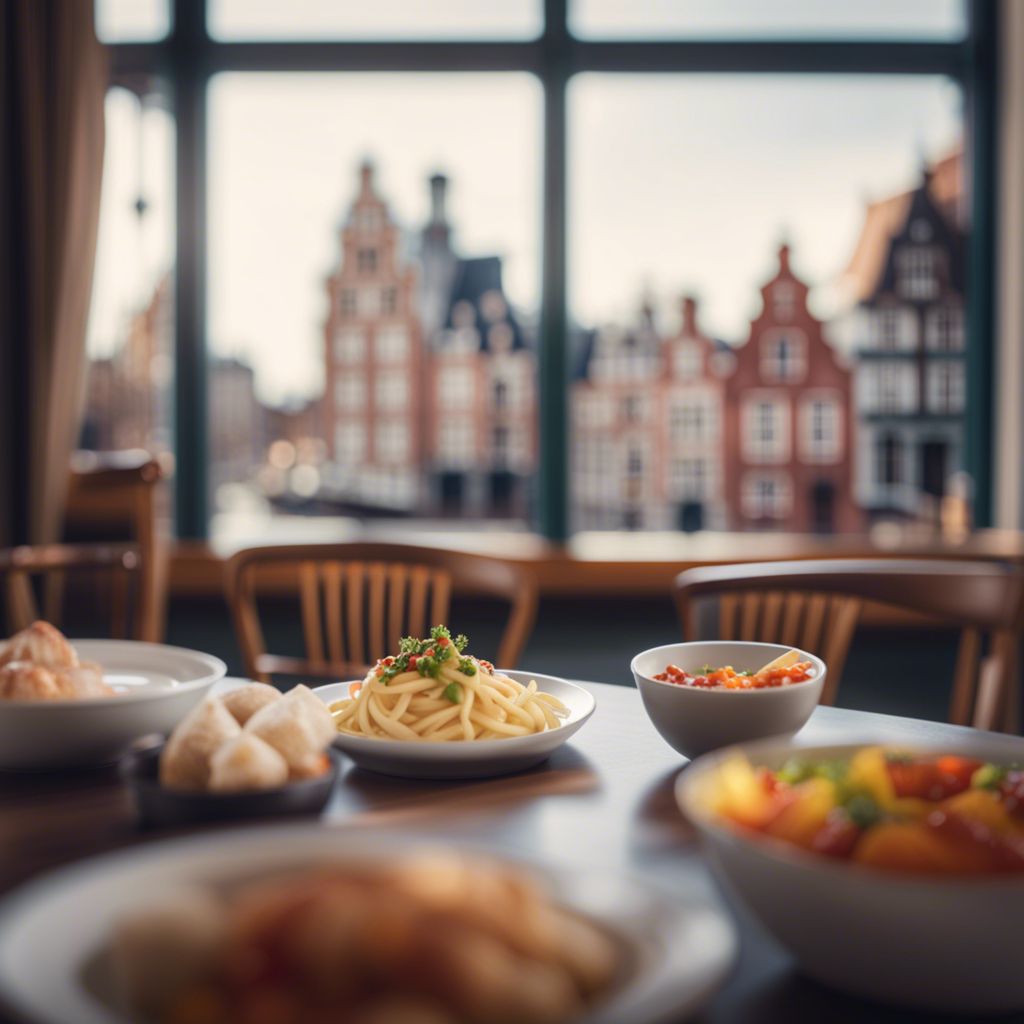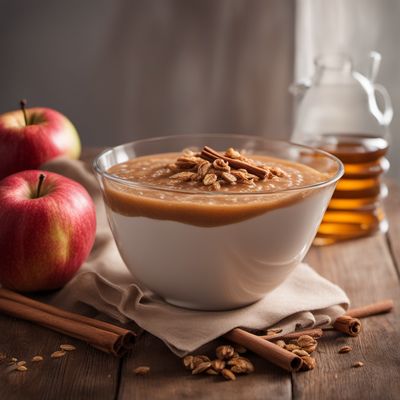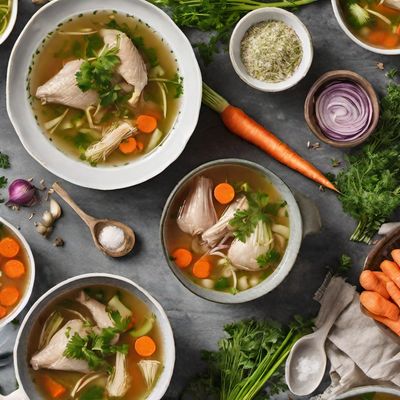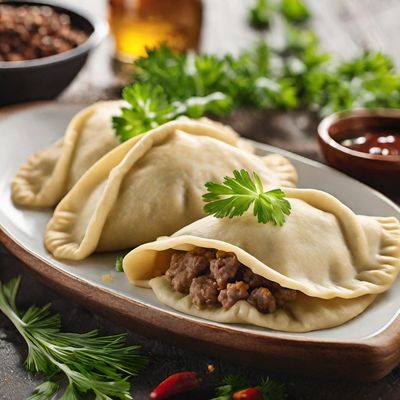
Cuisine
Dutch cuisine
Dutch cuisine is heavily influenced by the country's geography and climate, with coastal areas relying heavily on seafood and inland areas focusing more on meat and dairy products. The cuisine is also known for its love of cheese, which is enjoyed in many different varieties throughout the country.
Typical ingredients
Potatoes, Vegetables (carrots, onions, cabbage), Dairy products (cheese, butter, cream), Bread, Pastries, Seafood (in coastal areas), Meat (beef, pork, chicken)
Presentation and garnishing
Dutch cuisine places a strong emphasis on presentation, with dishes often being garnished with fresh herbs, sauces, and colorful vegetables.
Dutch cuisine is famous for its cheese, which is enjoyed in many different varieties throughout the country.
More cuisines from this region...
French cuisine, Occitan cuisine, Luxembourgian cuisine, Belgian cuisine, Monégasque cuisine
History
The history of Dutch cuisine dates back to the Middle Ages, with each region of the country developing its own unique culinary traditions over time. The cuisine has been heavily influenced by neighboring countries, such as Germany and Belgium, as well as by trade and migration. In recent years, there has been a renewed interest in traditional Dutch cuisine, with chefs and home cooks alike embracing the simplicity and flavor of the region's dishes.
Cultural significance
Dutch cuisine is deeply rooted in the country's cultural traditions, with many dishes being associated with specific holidays and celebrations. For example, oliebollen (deep-fried doughnuts) are a popular treat served on New Year's Eve, while stamppot (a dish made with mashed potatoes and vegetables) is a staple of the country's winter cuisine. The cuisine is also known for its cheese, which is enjoyed in many different varieties throughout the country.
Health benefits and considerations
While Dutch cuisine is known for its simple, hearty dishes, it can also be high in fat and calories. However, many traditional dishes are also rich in nutrients, such as vitamins and minerals, and can be part of a healthy diet when consumed in moderation.
Dutch cuisine dishes Browse all »

Stamppot
Mashed Potatoes with Vegetables
Stamppot is a traditional Dutch dish made with mashed potatoes and vegetables. It is a hearty and filling dish that is perfect for cold weather.

Poffertjes
Poffertjes are a traditional Dutch dessert that are typically served as a sweet snack. They are small, fluffy pancakes that are dusted with powdered sugar, and are often served...

Bossche bol
Bossche bol is a traditional Dutch pastry that is filled with whipped cream and covered in chocolate. It is a popular dessert in the Netherlands and is often served during...

Zoervleis
Zoervleis is a traditional Dutch stew that originated in the Limburg region. It is a sweet and sour dish that is made with beef and a variety of spices.

Bokkepootjes
Goat's feet
Bokkepootjes is a traditional Dutch cookie that is made with a delicious almond filling and is perfect for any occasion. These cookies are sweet and chewy, with a delicate...

Mosterdsoep
Mustard soup
Mosterdsoep is a traditional Dutch soup made with mustard and cream. It is a hearty and flavorful soup that is perfect for cold winter days.

Appeltaat
Apple Tart
Appeltaat is a traditional Dutch apple tart that is made with apples, cinnamon, and sugar. It is a sweet and spicy tart that is perfect for any occasion.

Krentenbollen
Currant Buns
Krentenbollen are a type of Dutch sweet bread that is filled with raisins or currants. The bread is typically served sliced and toasted with butter and jam.
Dutch cuisine recipes Browse all »

Dutch Apple Cinnamon Porridge
Warm and Comforting Dutch Apple Cinnamon Porridge

Dutch-Style Ćevapi
Dutch-Style Mini Sausage Skewers

Balkenbrij with Apple Compote
Savory Dutch Delight: Balkenbrij with a Sweet Twist

Dutch-Style Chicken Soup
Hearty Holland Chicken Soup

Authentic Dutch Appelflap Recipe
Deliciously Flaky Dutch Apple Turnovers

Carrot Cake
Spiced Delight: A Twist on Dutch Carrot Cake

Moorkop with a Twist
Decadent Dutch Cream Puffs

Dutch Apple Tart
Deliciously Dutch: Irresistible Apple Tart

Espumilla Dutch Delight
Dutch-Inspired Espumilla: A Sweet and Creamy Delight

Slow-Cooked Spiced Pears
Aromatic Dutch Delight: Slow-Cooked Spiced Pears

Dutch-style Pierogi
Dutch-inspired Stuffed Dumplings

Dutch Cinnamon French Toast
Crispy Cinnamon Delight: Dutch-style French Toast